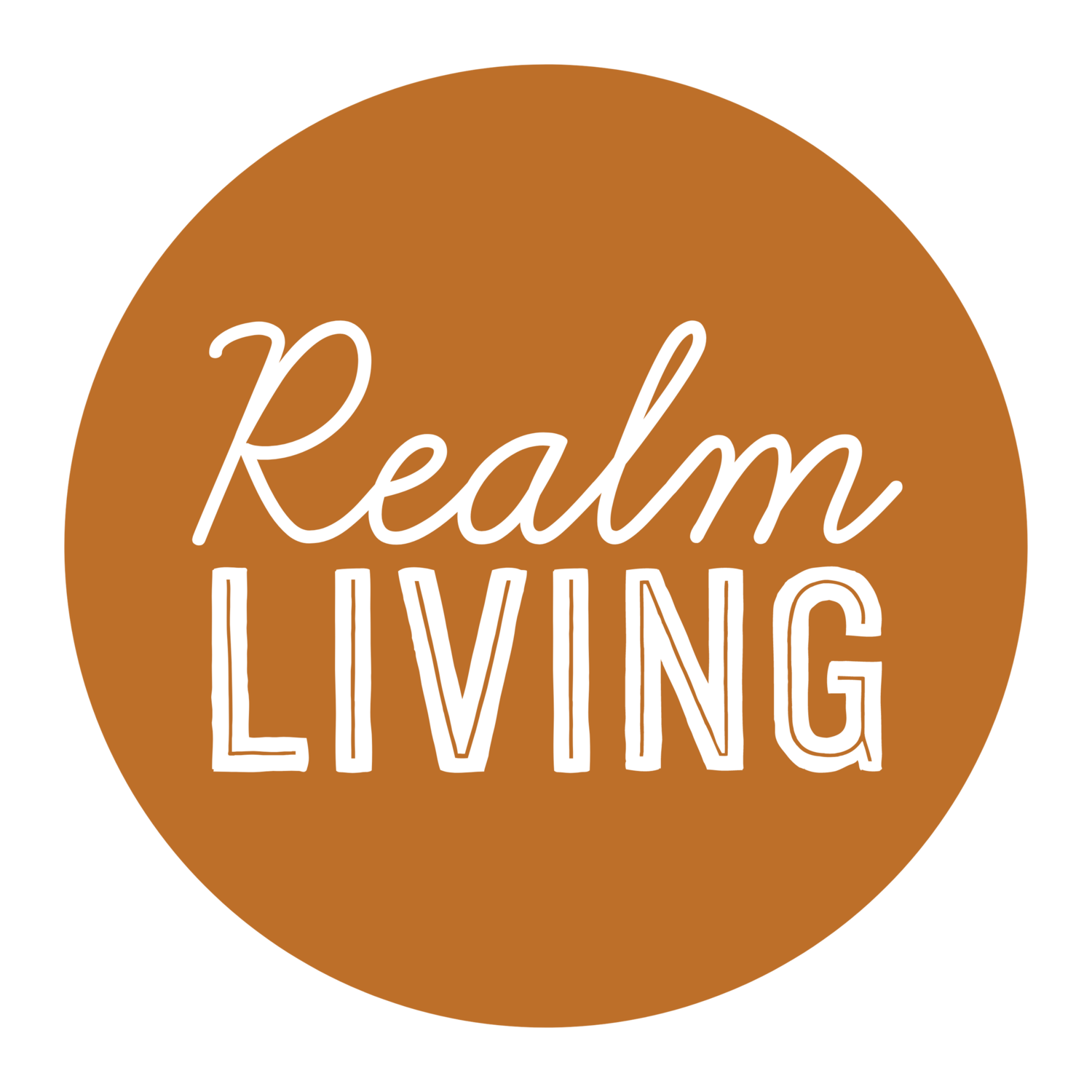Evaluating a House Flipping Investment
When evaluating a house flipping investment there are a few key things to evaluate in order to understand your potential return on the investment and whether it makes sense to move forward.
Figure out the after repair value (ARV): this is the price you anticipate that you can sell the rehabbed property for.
Estimate the cost of repairs: the ideal situation is to work with an experienced contractor who can walk through the property with you and give you an educated estimate on what repairs are needed and how much they will cost. Once you have done a few properties you can make some educated guesses but it’s always better to work with a contractor who does it for a living (especially if they will be the one working on the property).
Estimate timeframe and holding costs: determine how long the repairs will take you — always add in buffer time— and how much it costs to hold the home for that timeframe. This includes any financing costs, insurance, taxes and utilities.
Determine your purchase price boundary. Always know your maximum offer. When you start going past your number a lot of times you are operating on emotion. Buying based on proven formulas and boundaries is how you mitigate risk. There are many ways you can set your purchase price boundary but many times you will hear about the 70% rule of investing which states that you should spend no more than 70% of the after repair value minus cost of repairs.
Formula:
Maximum offer = 70% * After Repair Value - repair costs
Example:
After Repair Value = $300, 000
Repair costs: $50,000
70% * ($300,000) - $50,000= $160,000

